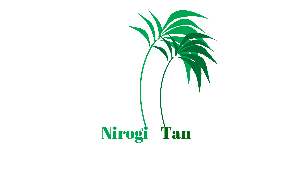SUNA syndrome, which stands for short-lasting, unilateral, neuralgiform headache attacks with cranial autonomic symptoms, is a rare type of headache disorder characterized by severe, stabbing pain in the head along with autonomic symptoms such as drooping eyelids, redness, and tearing in the eye, or nasal congestion. The exact cause of SUNA syndrome is unknown, and it is often misdiagnosed as other types of headaches such as cluster headaches.
Currently, there is no specific cure for SUNA syndrome, and treatment is aimed at managing the symptoms and reducing the frequency and severity of headache attacks. Medications such as anti-seizure drugs, antidepressants, or nerve blocks may be prescribed to help alleviate the pain and prevent future attacks. In some cases, alternative therapies such as acupuncture, biofeedback, or relaxation techniques may also be beneficial in managing the symptoms of SUNA syndrome.
Precautions for individuals with SUNA syndrome include avoiding triggers that may aggravate the symptoms, such as stress, alcohol, or certain foods. It is also important to maintain a healthy lifestyle, including regular exercise, a balanced diet, and getting an adequate amount of sleep. Seeking support from a healthcare professional and joining a support group for individuals with similar conditions can also provide valuable resources and coping strategies for managing SUNA syndrome.
Health Tips: In addition to following the precautions mentioned, individuals with SUNA syndrome should also prioritize stress management techniques, such as mindfulness meditation or yoga, to help alleviate the severity of headache attacks. It is also essential to communicate openly with healthcare providers to ensure that the treatment plan is effectively managing the symptoms and to address any concerns or changes in the condition.

